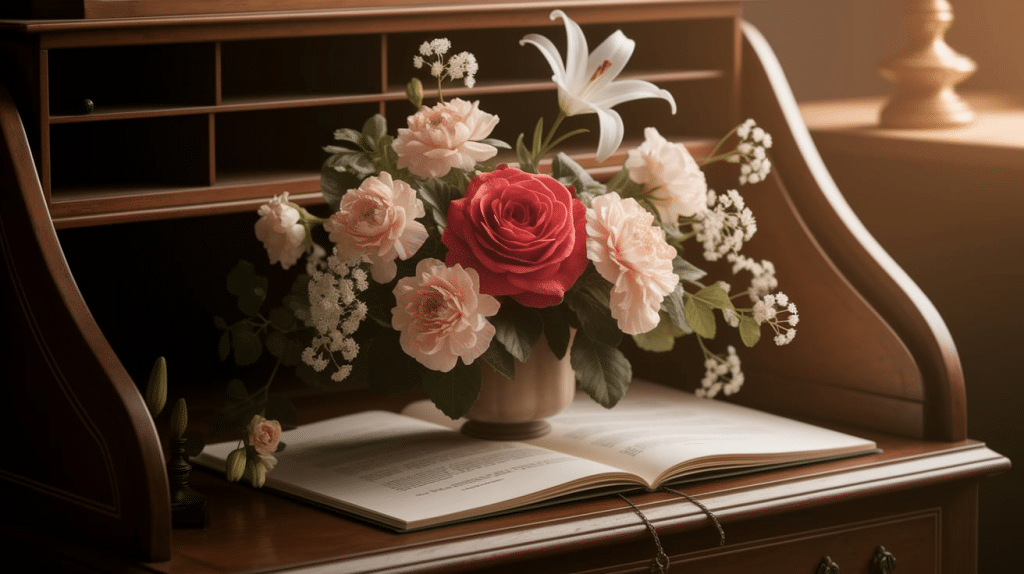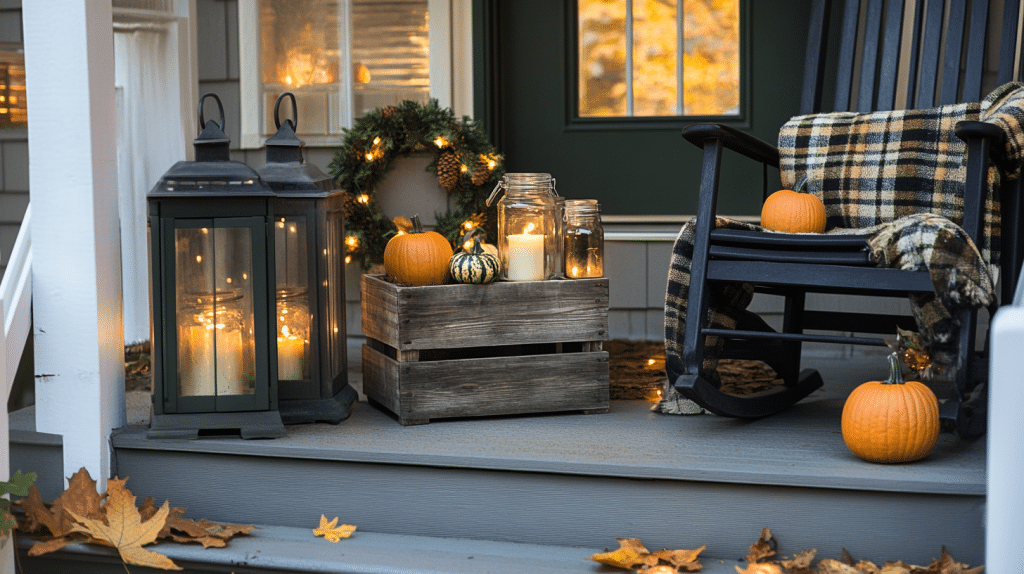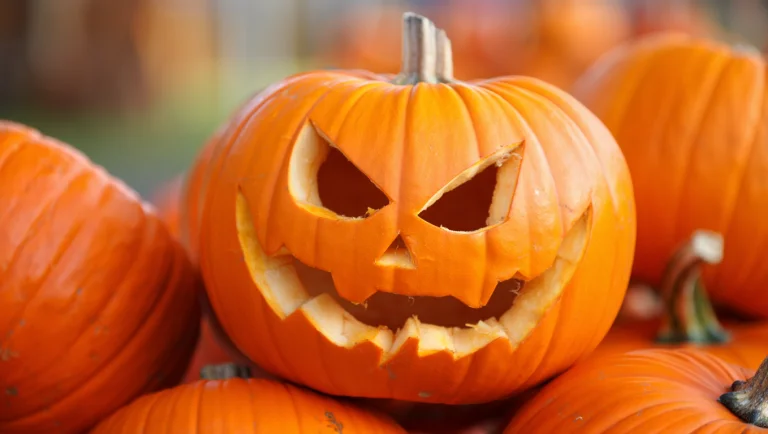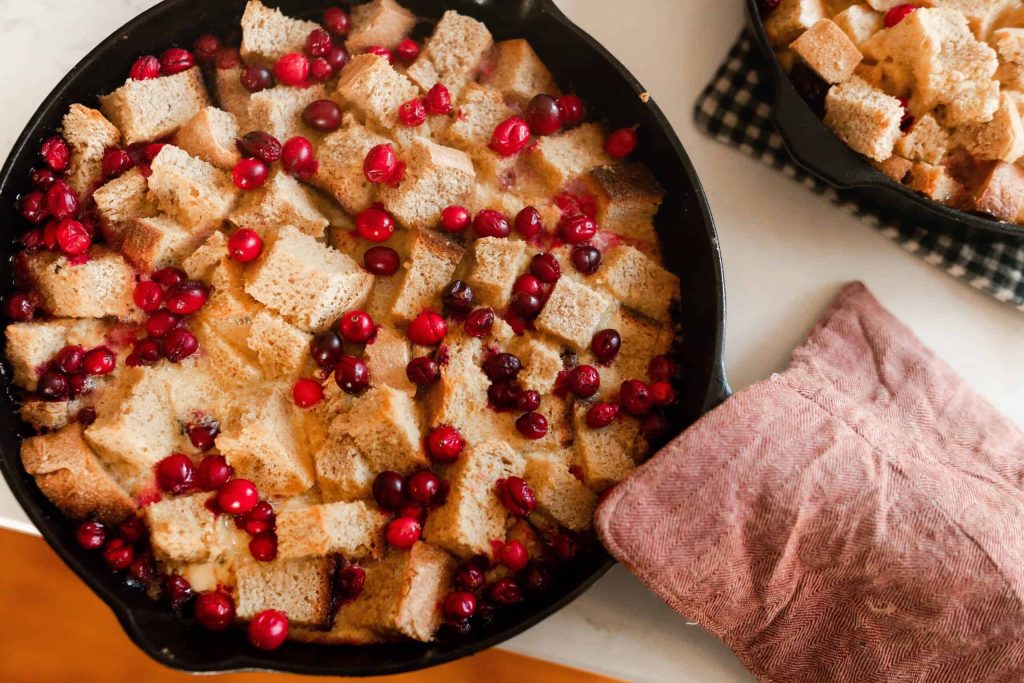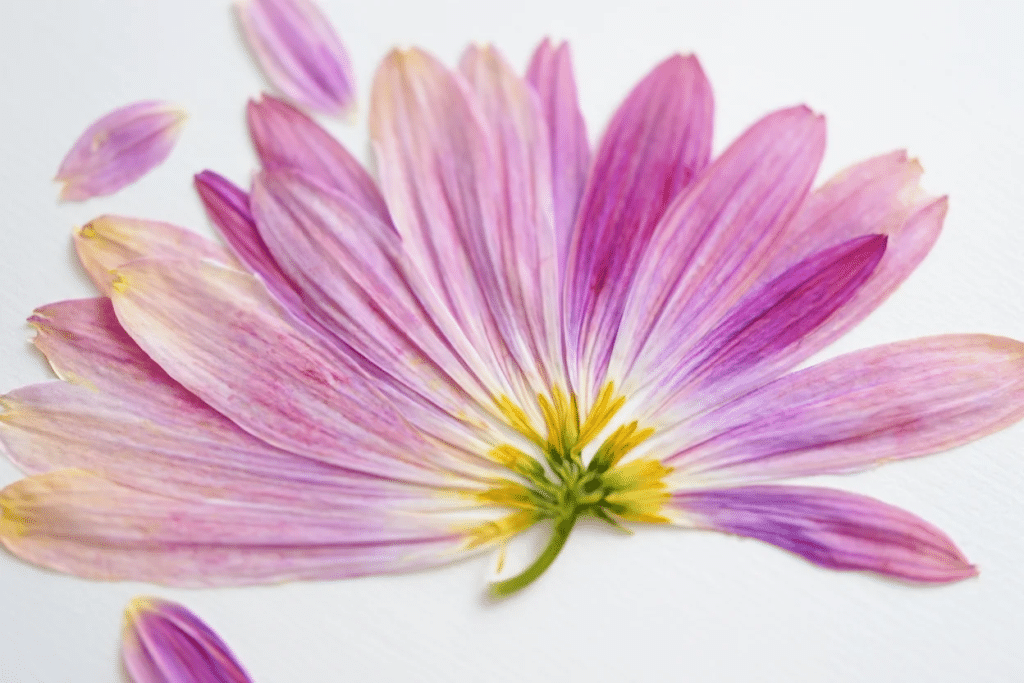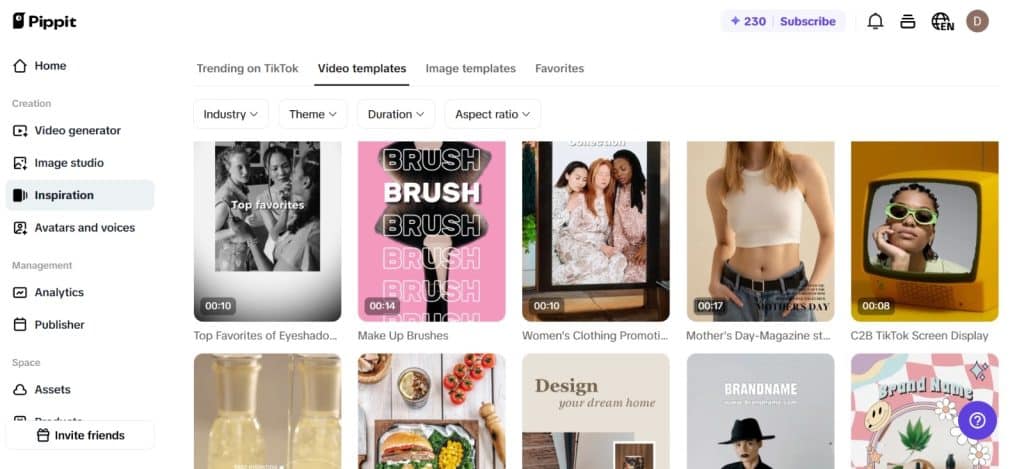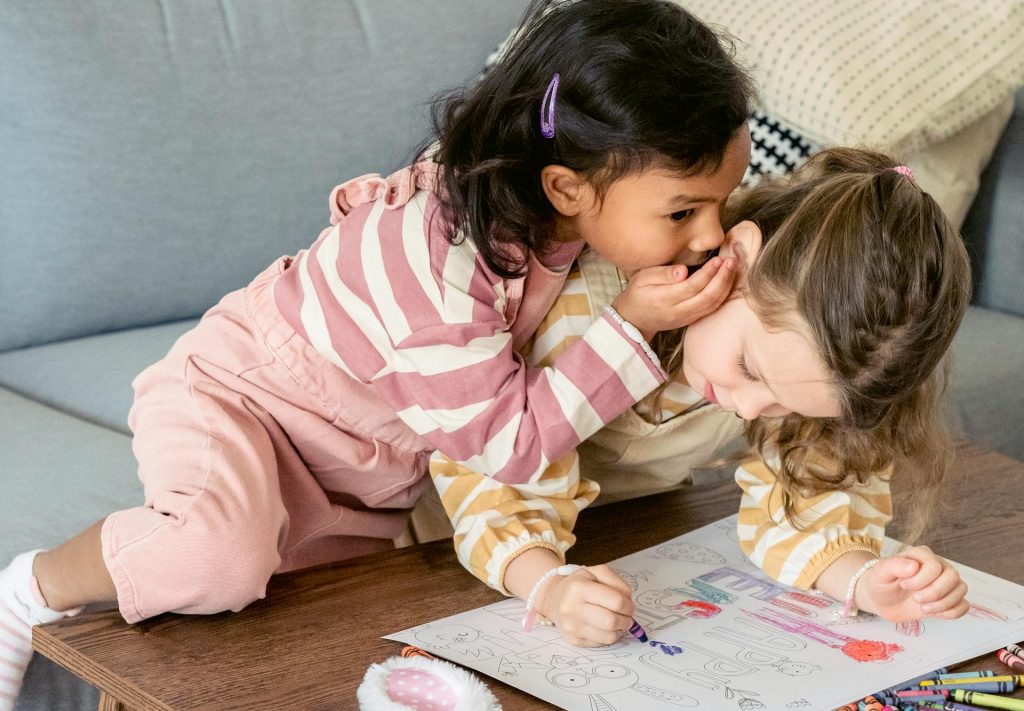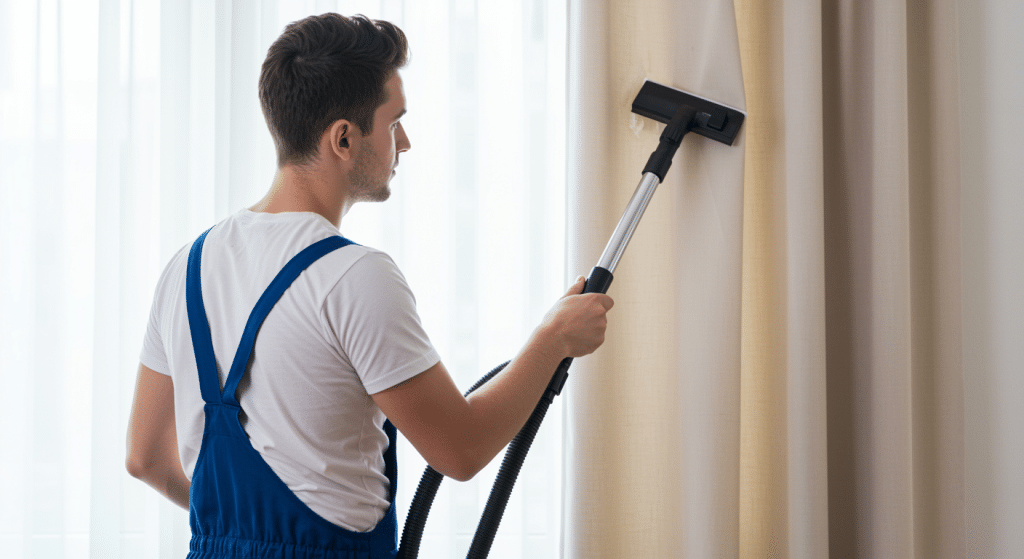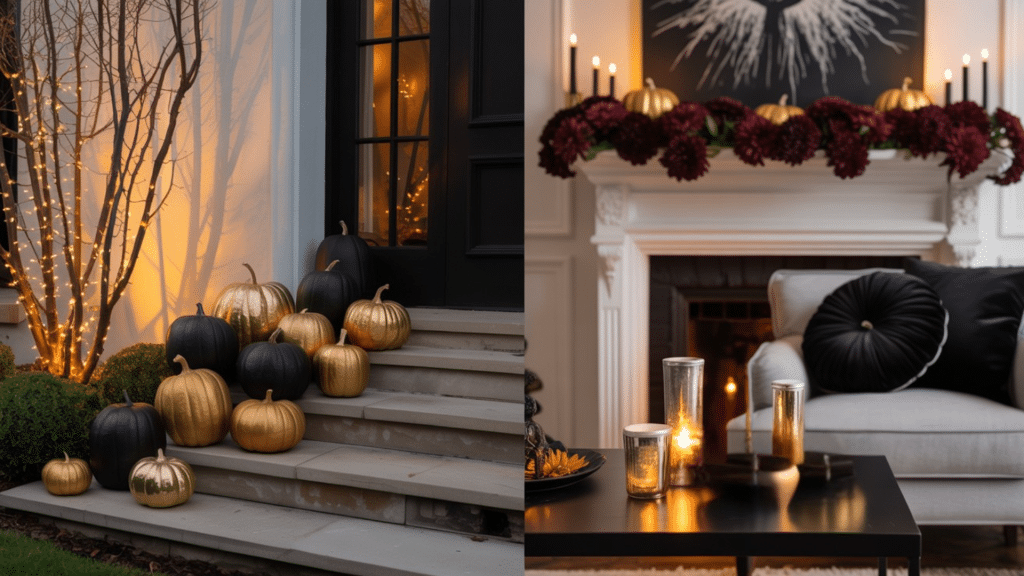Flowers talk. I learned this truth while studying Victorian customs. Have you ever struggled to tell someone how you feel? I know I have.
Finding the right words can be so hard, and saying them out loud? Even harder. The Victorians had this same problem, but they came up with a brilliant fix.
I’m interested in how they used flowers as their text messages. They created a whole language where lilies meant purity and forget-me-nots asked for remembrance. People could say “I love you” or “I’m sorry” without speaking a word.
I find it amazing that when I hand someone a flower today, I’m part of this old tradition. The meanings haven’t changed, and the feelings behind them certainly haven’t either.
Floriography – The Language of Flowers
Flowers can talk without making a sound. They tell stories through their colors, types, and how they’re given. This secret talk with flowers is called floriography.
Floriography got very popular during the 1800s. People sent coded messages with flower bunches when they couldn’t say things out loud. Each flower had its own meaning.
Red roses mean love. Yellow roses show friendship. Daisies stand for innocence. Lilies often mean purity.
The meanings come from old myths, folk tales, and cultural beliefs. Different countries sometimes give the same flowers different meanings.
You can use flower language today, too! When you pick flowers as a gift, think about what message you want to send. A mix of flowers can tell a whole story.
Next time you see a flower, think about what it might be saying. The language of flowers is all around us, waiting to be read.
The Symbolism Behind Victorian Flower Colors
In Victorian times, flower colors told secret messages. People used these colors to say things they couldn’t speak out loud.
- Red Flowers: Love and Strong Feelings: Red roses meant “I love you.” This is still true today! Other red flowers showed deep feelings. Red tulips told someone, “I really care about you.”
- White Flowers: Pure and Clean: White flowers stood for purity. Young girls often carried white roses or lilies. White also meant “I am worthy” or “my feelings are true.” Brides held white flowers to show they were pure.
- Yellow Flowers: Mixed Messages: Yellow had two meanings. Yellow roses could mean friendship and joy. But some yellow flowers warned about jealousy or lying. The person giving yellow flowers had to choose carefully!
- Pink Flowers: Sweet and Gentle: Pink meant gentle love and liking someone. Light pink showed admiration. Dark pink said, “thank you.” Pink flowers were good gifts for family and new friends.
- Blue Flowers: Faithful and Calm: Blue flowers were special because they’re less common in nature. They meant trust, peace, and being faithful. Forget-me-nots (small blue flowers) asked someone to remember you.
- Purple Flowers: Royal and Important: Purple is linked to kings and queens. These flowers were for important people or special events. They also showed respect and honor.
Victorians learned these color meanings from special books. They could read a whole message just by looking at a bunch of flowers!
Next time you give flowers, think about these old color codes. You might be saying more than you know!
The Most Popular Victorian Flowers and Their Hidden Messages
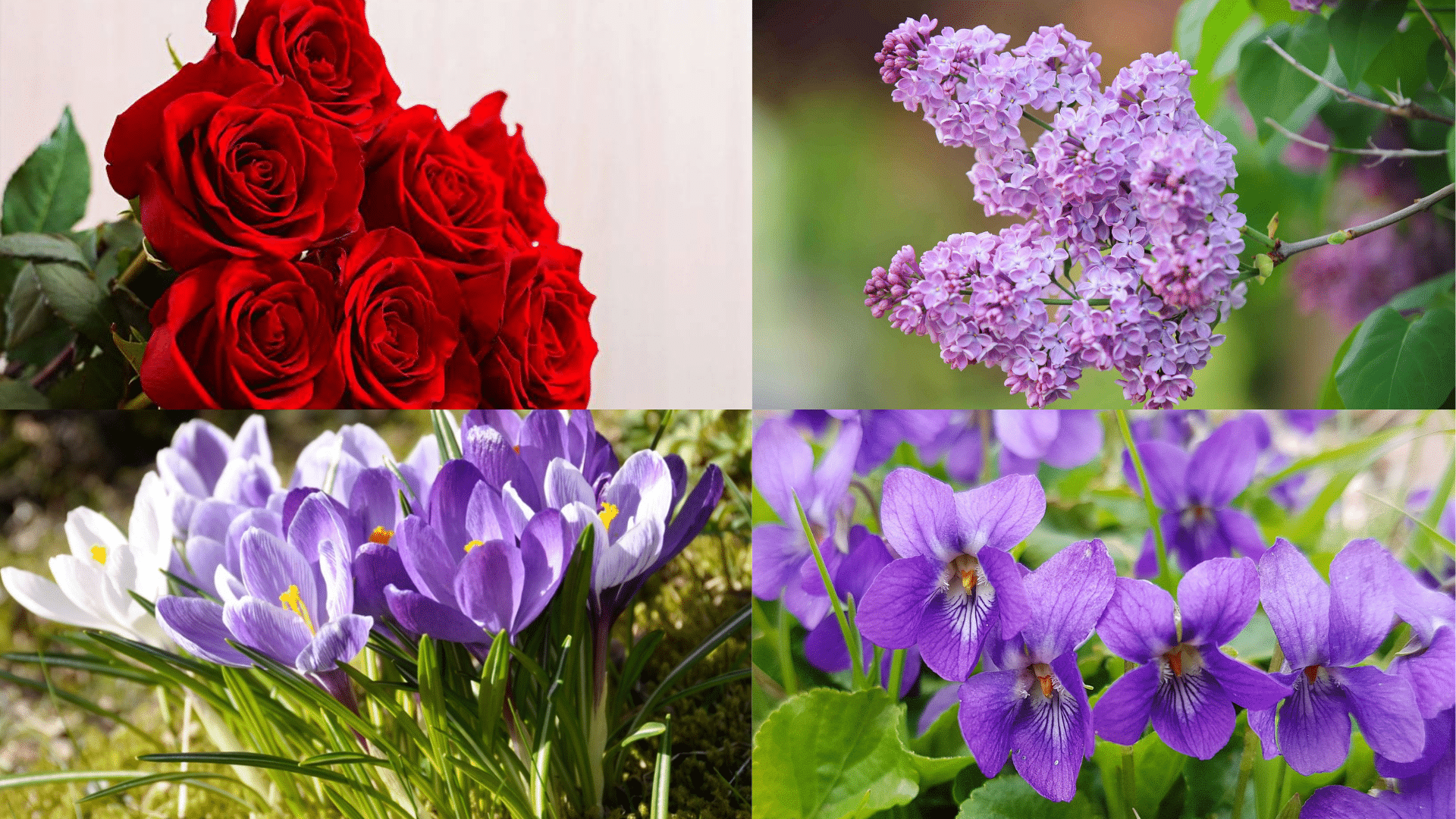
During the Victorian era, flowers were more than just pretty decorations; they were a way to communicate secret messages.
This practice, called floriography, allowed people to express emotions and thoughts without words. Here are some of the most popular Victorian flowers and what they meant:
1. Roses
Meaning: Love and Passion
Roses are the most famous flowers in the Victorian language of flowers.
- Red roses symbolize deep love and passion.
- White roses stand for purity and innocence.
- Yellow roses were used to express friendship or jealousy.
- Pink roses meant gratitude and admiration.
2. Lilacs
Meaning: First Love
Lilacs were a symbol of the joy and innocence of first love. Their soft colors and sweet fragrance made them a favorite choice for expressing affection during the Victorian era.
3. Crocuses
Meaning: Cheerfulness and Joy
The bright, colorful crocus was associated with happiness and renewal. Its early bloom in the spring made it a symbol of hope and a cheerful start to the season.
4. Violets
Meaning: Modesty and Faithfulness
Violets are small but powerful flowers, often used in bouquets to show modesty, loyalty, and faithfulness. They were often given by someone who wanted to express deep, sincere feelings without making grand gestures.
5. Daffodils
Meaning: New Beginnings
Daffodils, with their vibrant yellow petals, were linked to new beginnings and fresh starts. They were often used to represent renewal, hope, and the promise of something new.
6. Ivy
Meaning: Fidelity and Friendship
Ivy is a symbol of strong bonds. It was often used to represent fidelity in love and strong friendships. Its ability to climb and grow in different directions was seen as a symbol of loyalty that could withstand the test of time.
Victorian Flowers in Art and Culture
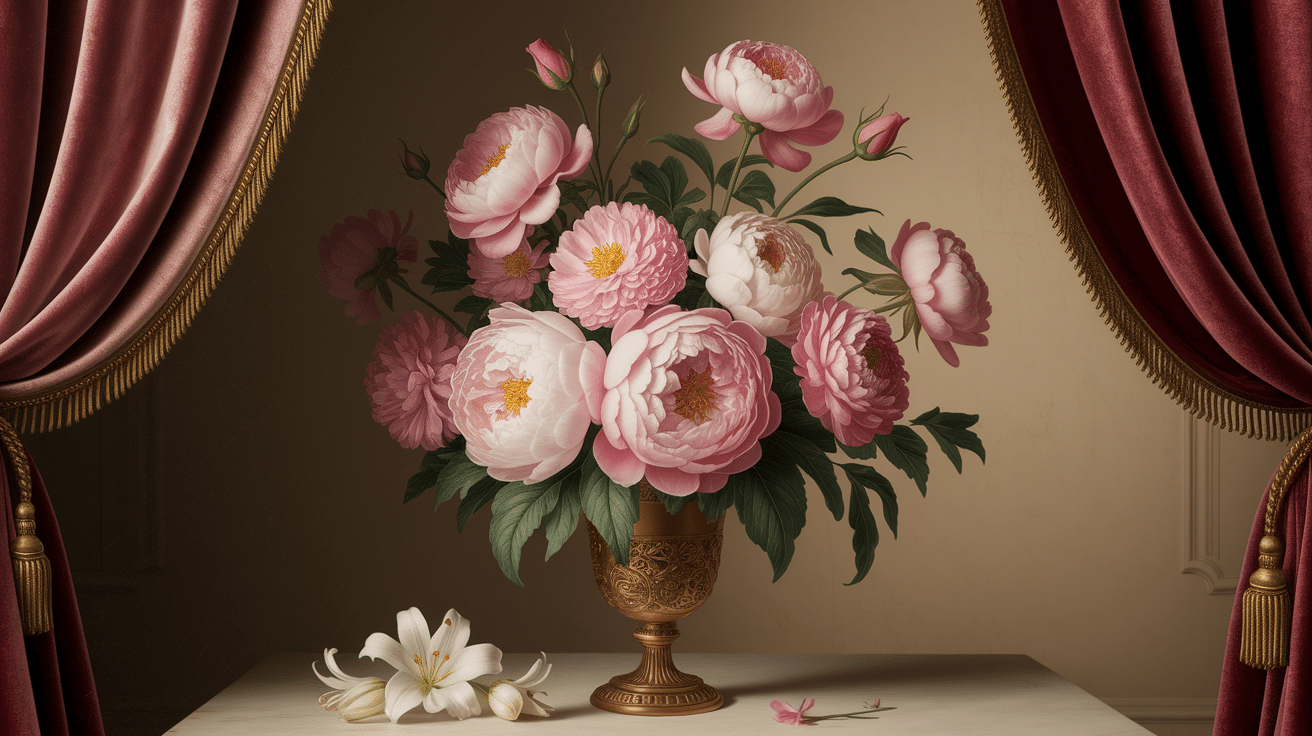
Flowers were an essential part of Victorian art and daily life. Artists often created still life paintings featuring flowers like roses, lilies, and tulips, using them to convey deeper meanings and emotions.
Writers also embraced flowers, with many poems and books celebrating their beauty and symbolism. Flower-themed books became popular, acting as guides to understand the hidden meanings of different flowers, which people used to send the right message with their flower gifts.
Victorians loved to adorn cards with floral designs for birthdays, Christmas, and love notes, often featuring roses, violets, and other blooms.
Flowers were also a must-have in Victorian homes, with fresh blooms displayed in vases and artificial flowers made of fabric, wax, or paper used in winter.
Flower patterns decorated wallpaper, rugs, furniture, and even dishes, making flowers a constant presence in everyday life.
For Victorians, flowers weren’t just plants; they were a way to express feelings, decorate their homes, and bring beauty and meaning into their lives.
Modern-Day Uses for Victorian Flowers
Modern-day uses for Victorian flowers blend tradition with today’s style, keeping their beauty and hidden meanings alive in fresh ways. Here are some popular ways people use these flowers now:
- Home Decor: Flowers like roses, lavender, and daisies are often used in bouquets, centerpieces, and wreaths to decorate homes. Their timeless look adds charm and a touch of history to any room.
- Scenting Spaces: Just like in Victorian times, flowers such as lavender are dried and placed in sachets or drawer pillows to give clothes and rooms a pleasant scent.
- Special Occasion Bouquets: Many people choose these flowers for weddings, anniversaries, and other celebrations. Each flower’s meaning helps send a personal message, like love, joy, or remembrance.
- DIY Crafts and Art: They are used in pressed flower art, handmade cards, and even as part of mixed media artwork. Their shapes and colors make crafts more beautiful and meaningful.
- Garden Design: Gardeners plant Victorian favorites like hollyhocks, violets, and camellias to create classic, colorful gardens that attract pollinators and offer a sense of nostalgia.
- Gifting with Meaning: People still use the language of flowers to send secret messages. For example, a bouquet of forget-me-nots can show remembrance, while pink hyacinths can add a playful touch to a gift.
- Modern Floriography: Flower combinations are chosen to express feelings or wishes, just like Victorians did. For example, mixing pink hyacinth with yellow chrysanthemums can say you admire someone but want to keep it a secret.
These flowers continue to be loved for their beauty and the special meanings they carry, making them a thoughtful choice for many modern uses.
The Bottom Line
Throughout this post, I’ve shared how these meaningful traditions shaped communication in the past and still influence our floral gifts today.
So what? These symbolic meanings add layers to our gestures. When you hand someone a carefully chosen flower, you’re not just giving a plant—you’re passing along history, emotion, and unspoken messages.
The next time you buy flowers, look up their Victorian meanings first. Choose blooms that say exactly what you feel.
Your recipient might not know the code, but you’ll enjoy the secret depth behind your gift.


